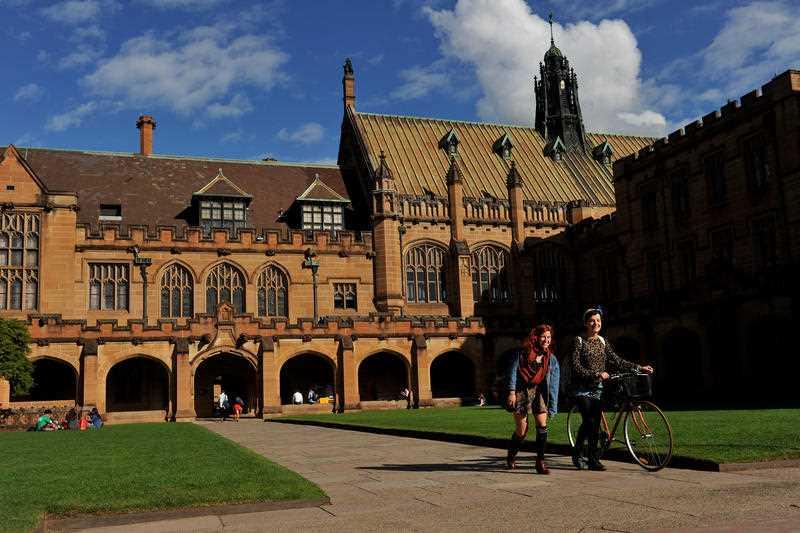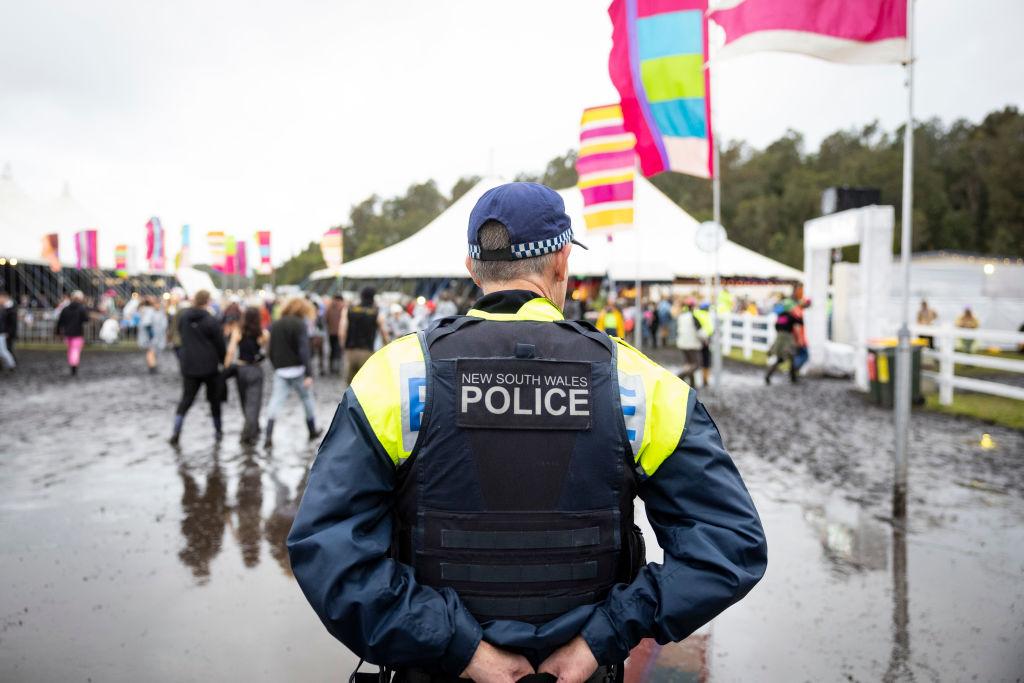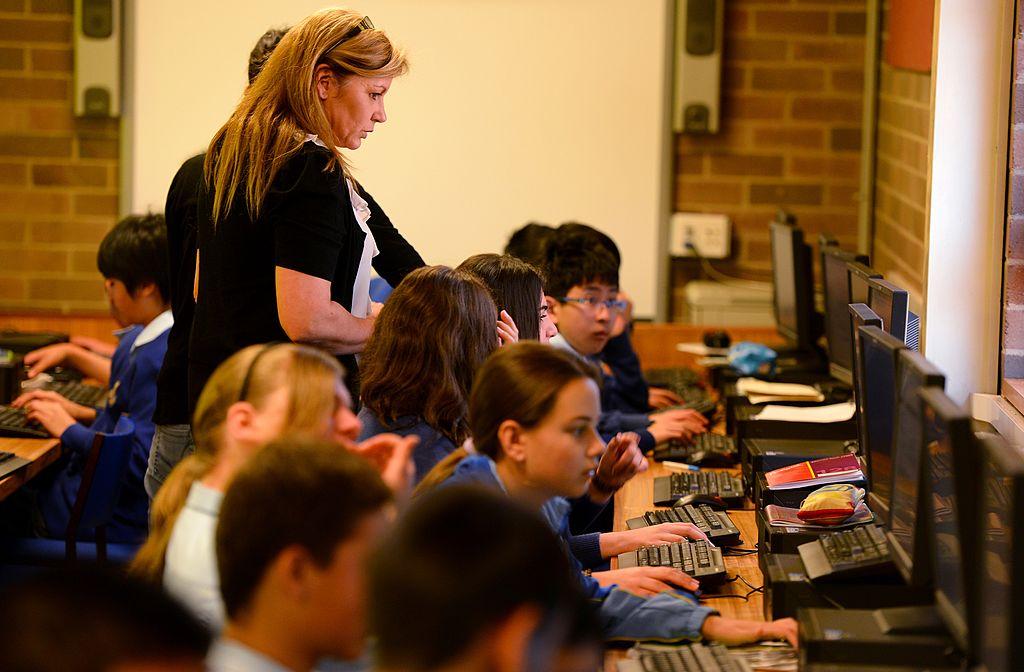The Albanese government is investing $128.5 million (US$82.8 million) to fund an extra 4,000 Commonwealth-supported places (CSP) for graduates in university STEM courses.
From Sept. 1, universities are able to apply for additional CSPs for more students in engineering, mathematics, chemistry, and physics courses that are designed to meet the AUKUS (Australia, United Kingdom, and the United States) submarine program’s needs.





